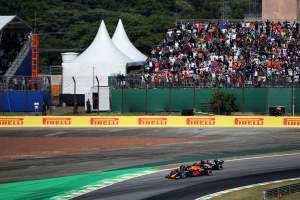Up Next

The hearing to decide whether Max Verstappen’s incident with Lewis Hamilton in Brazil should be reassessed will take place later today ahead of the Qatar Grand Prix.
Though Hamilton went on to win the Brazilian race his Mercedes team has requested a right of review of an incident that took place a few laps before his race-winning pass on Verstappen.
The two cars left the track when Hamilton tried to pass Verstappen on the outside of Turn 4 and the incident was noted but there was no investigation.
Now Mercedes wants to change that and is trying to use the right of review enshrined in the FIA International Sporting Code to make it happen.
The hearing will commence at 5pm local time, which translates to 2pm in the UK.
What does Mercedes need to prove?
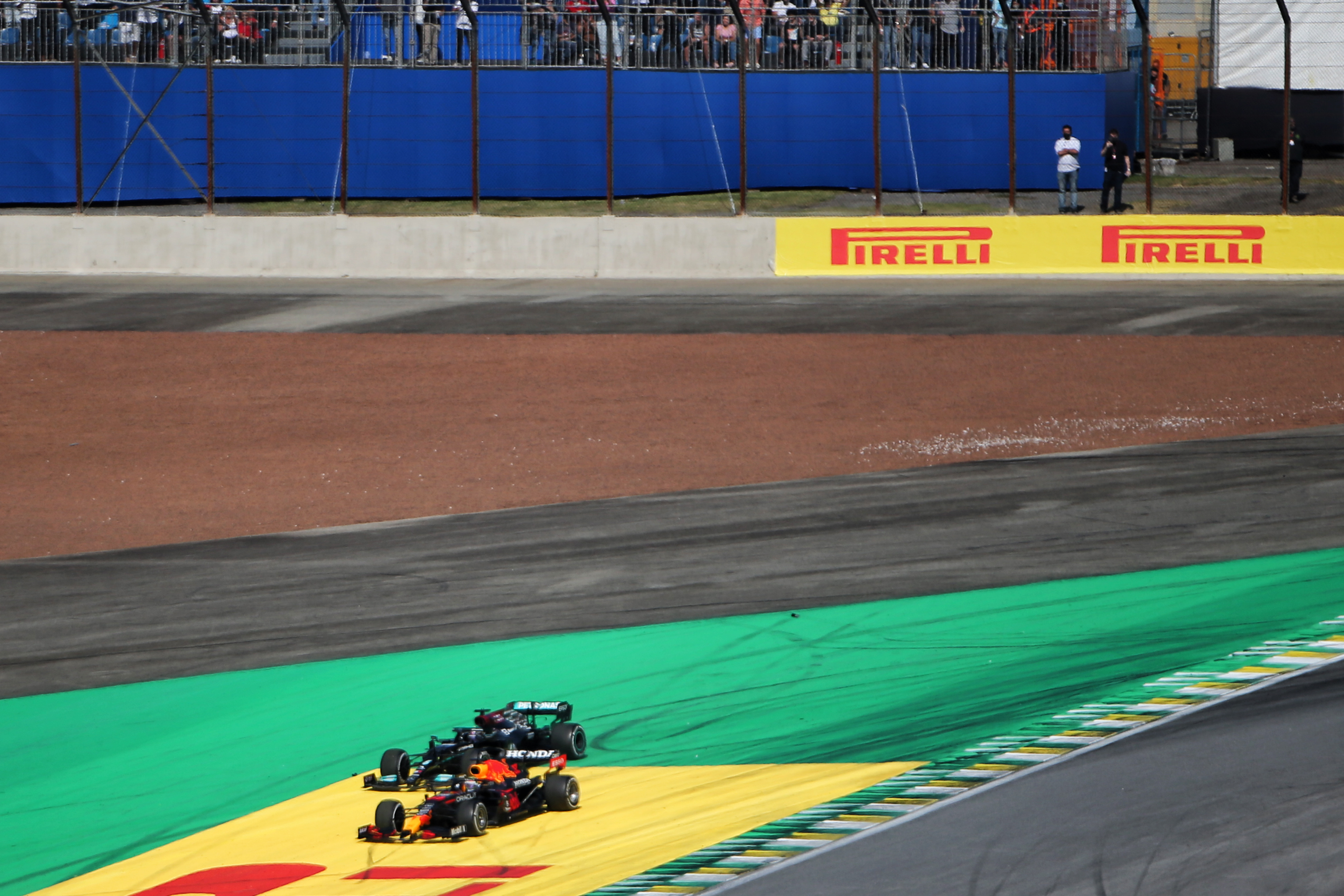
In order for a review to be granted, it is necessary to convince the stewards that “a significant and relevant new element which was unavailable to the parties seeking the review at the time of the decision concerned” has been found.
Historical precedents indicate that this evidence must be discovered, as opposed to being created – meaning that simulations are not admissible. Third-party evidence and analysis is also not admissible.
The other element is that they must be “significant”. There have been cases in the past where extra camera footage has been submitted, but if it doesn’t show anything new it has not cleared this bar.
But it’s only necessary to have one piece of evidence being deemed “significant and relevant” in order for a new hearing to be triggered.
What will Mercedes argue?
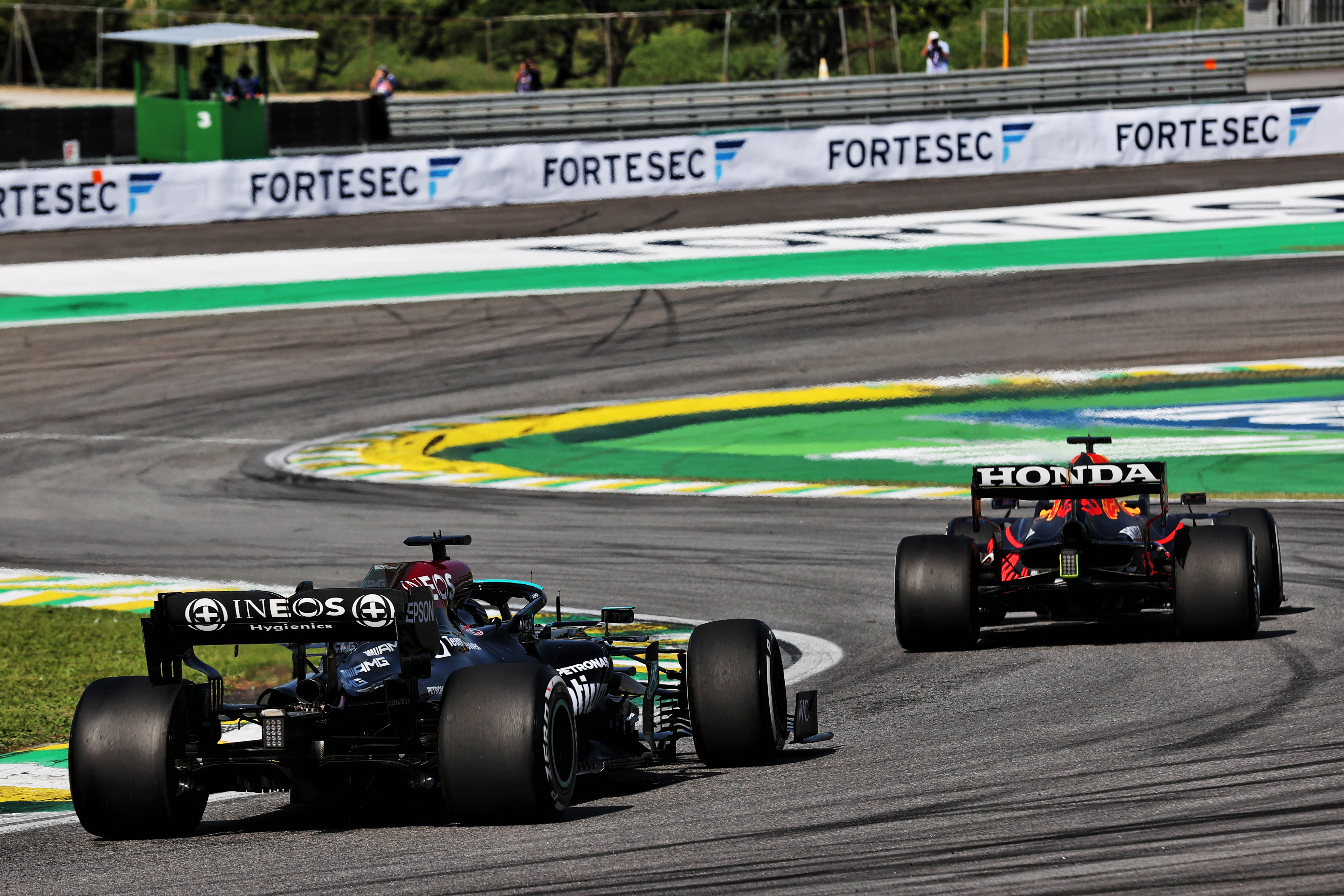
For the petition to review itself, Mercedes will argue that the forward-facing onboard footage from Max Verstappen’s car is “significant and relevant”.
This is because the live feed from the car was from the rear-facing camera at the time and the forward-facing footage could not be recovered until after the race. This was publicly released on Tuesday.
Speaking after the Brazilian Grand Prix, FIA race director Michael Masi had admitted this was “potentially” a defining piece of evidence “but we didn’t have access to it”. The fact that Masi – who it should be noted is not on the stewards panel and therefore will not be part of the decision-making process – has said this would appear to support this as a relevant piece of evidence.
Mercedes could also submit other evidence, which could include driver testimony not available at the time and any additional footage that might have come to light, but the Verstappen onboard will be the key piece of evidence.
Will the lack of an investigation matter?
Because there is clearly new and relevant evidence, in the form of that onboard footage, a key question is whether or not the stewards have any reason to consider the onboard inadmissible.
Every other time a team has requested a right of review it has been to challenge the decision of an initial investigation.
But the Verstappen/Hamilton incident was only “noted” by the stewards and not investigated.
That might be a hurdle but there is a precedent of sorts for this as in the 2019 Japanese GP the stewards overruled their own judgement of a clash between Verstappen and Charles Leclerc (pictured below).
They initially noted it but deemed it did not warrant further investigation, only to decide later in the race – after seeing more images – that it should be investigated after all. And they opted to punish Leclerc, too.
So that was a full about-face. The question is whether this is applicable in this scenario given it has not happened during the grand prix and is being instigated by a team through the right of review process.
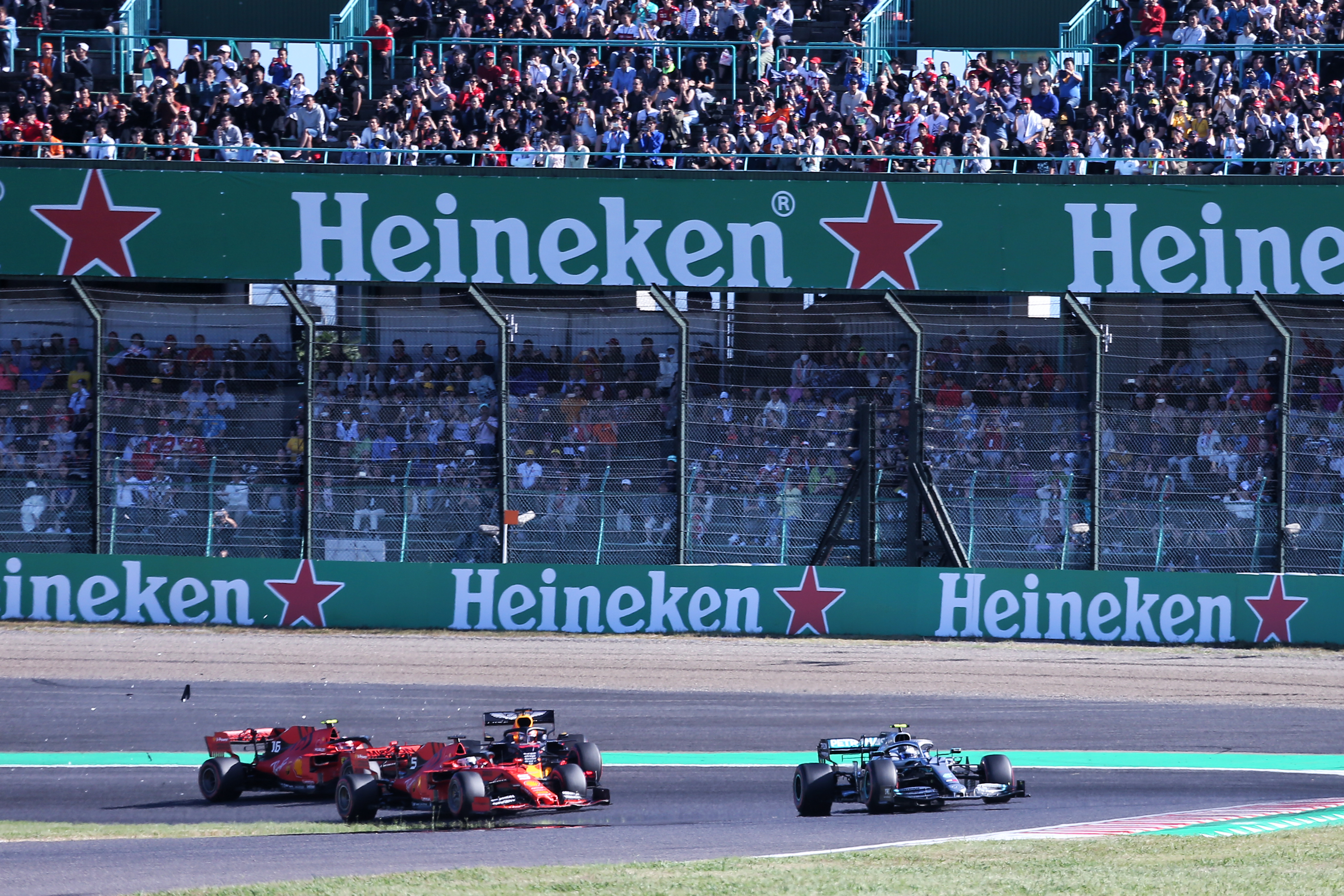
The fact the initial hearing has been called may suggest the stewards are open to re-opening this incident in these circumstances but this hearing is simply “to determine whether the right of review exists in this case” – so it’s hard to read too much into that.
What could be challenged is whether the new onboard is actually “significant”, as the stewards may feel the images they already had access to were sufficient to reach a decision.
After all they were the ones who decided it didn’t warrant a full investigation the first time – and didn’t feel it was necessary to wait for Verstappen’s onboard to determine that.
Will Verstappen be punished and how?
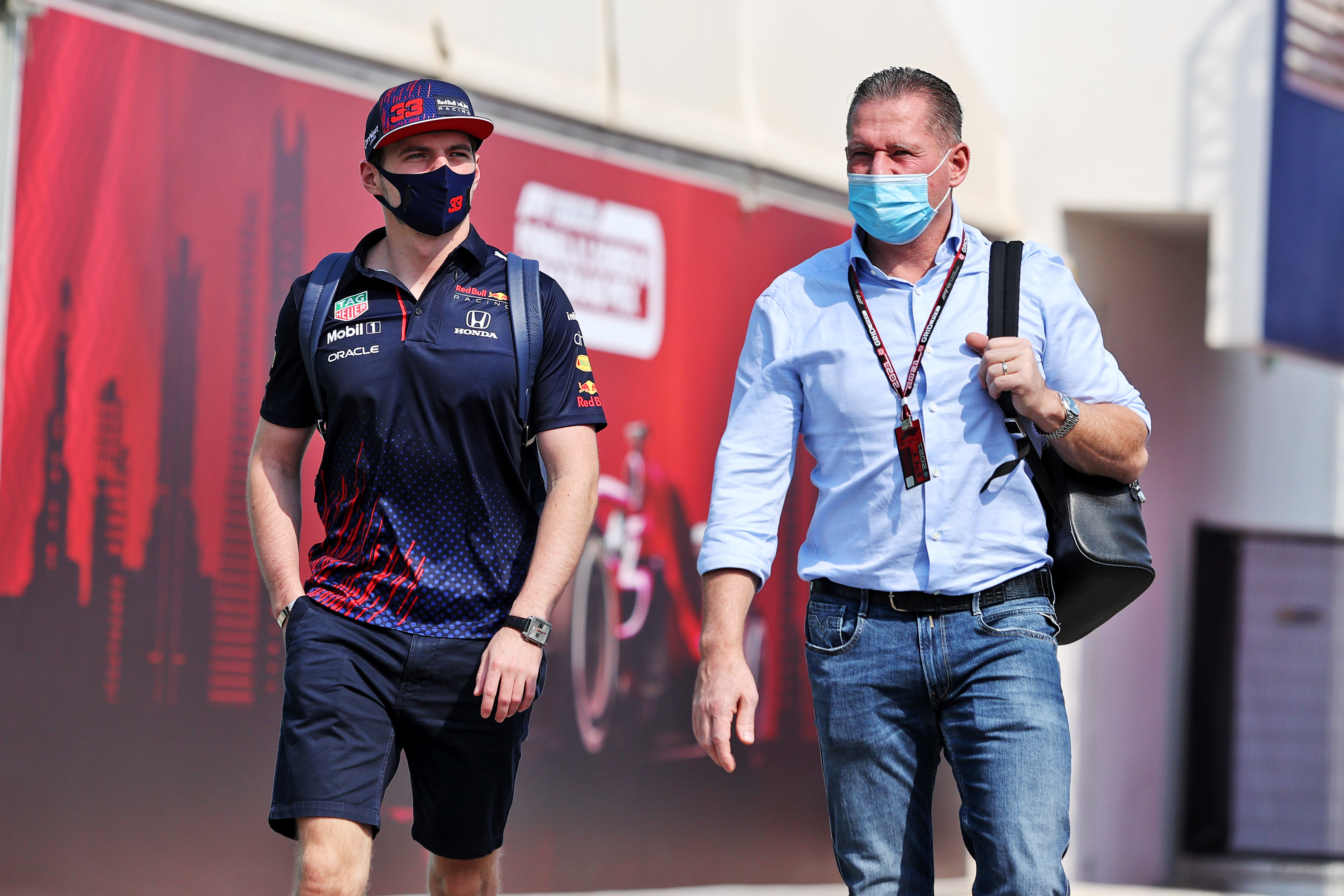
If the right of review is granted then it is possible the stewards will determine in the subsequent hearing that Verstappen should be punished after all.
That could be a time penalty added to the race or a grid penalty. The latter would be something small like three places.
If Verstappen gets hit with the usual five-second time penalty afforded drivers who are deemed to have forced another driver off-track, he’d drop to third behind the second Mercedes of Valtteri Bottas.
But Verstappen and Red Bull would probably argue he’d have pushed harder in the grand prix if he knew he had a time penalty to manage.
Verstappen leads Hamilton by 14 points in the drivers’ championship while Mercedes has an 11-point lead in the constructors’.
If a five-second penalty did drop Verstappen to third, it would cut his lead to 11 points and the swing with Bottas gaining points would extend Mercedes’ advantage over Red Bull to 17.
When will we have an answer?
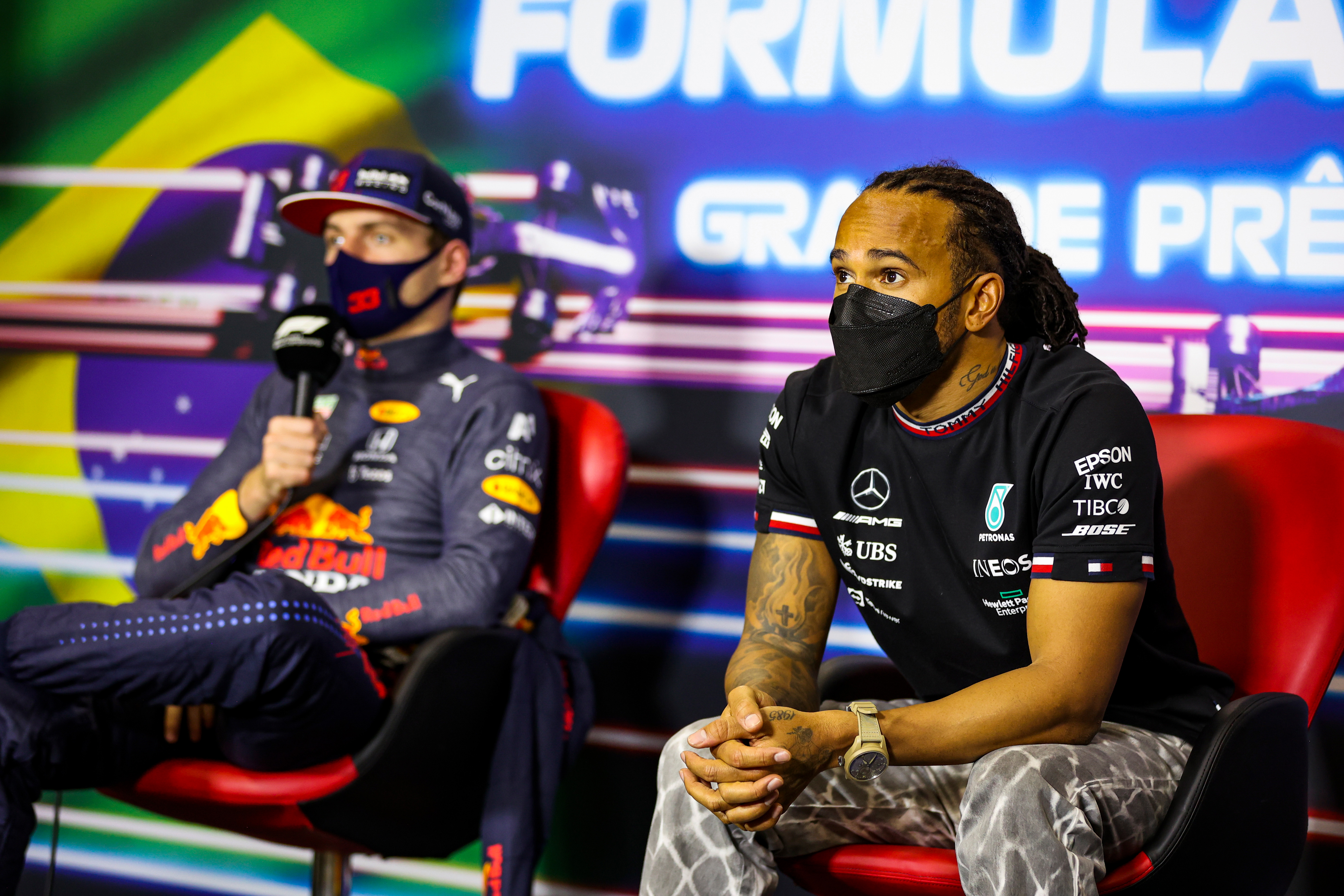
Mercedes and Red Bull have been summoned to the stewards at 5pm local time on Thursday.
So, we should get an answer on whether the right of review is applicable today.
If it is then it would be most likely for a second hearing to be set for Friday to investigate the incident itself, which means being dragged out until after the on-track action this weekend has started.
If it isn’t then the matter should be closed today.
What are the precedents?
Petitions to review are rare in Formula 1. Rarer still are petitions that are successful and lead to the case being reopened.
Of the last six attempts, only two successfully led to a new investigation, with only one of those leading to a change in the original decision.
LEWIS HAMILTON
2021 BRITISH GRAND PRIX
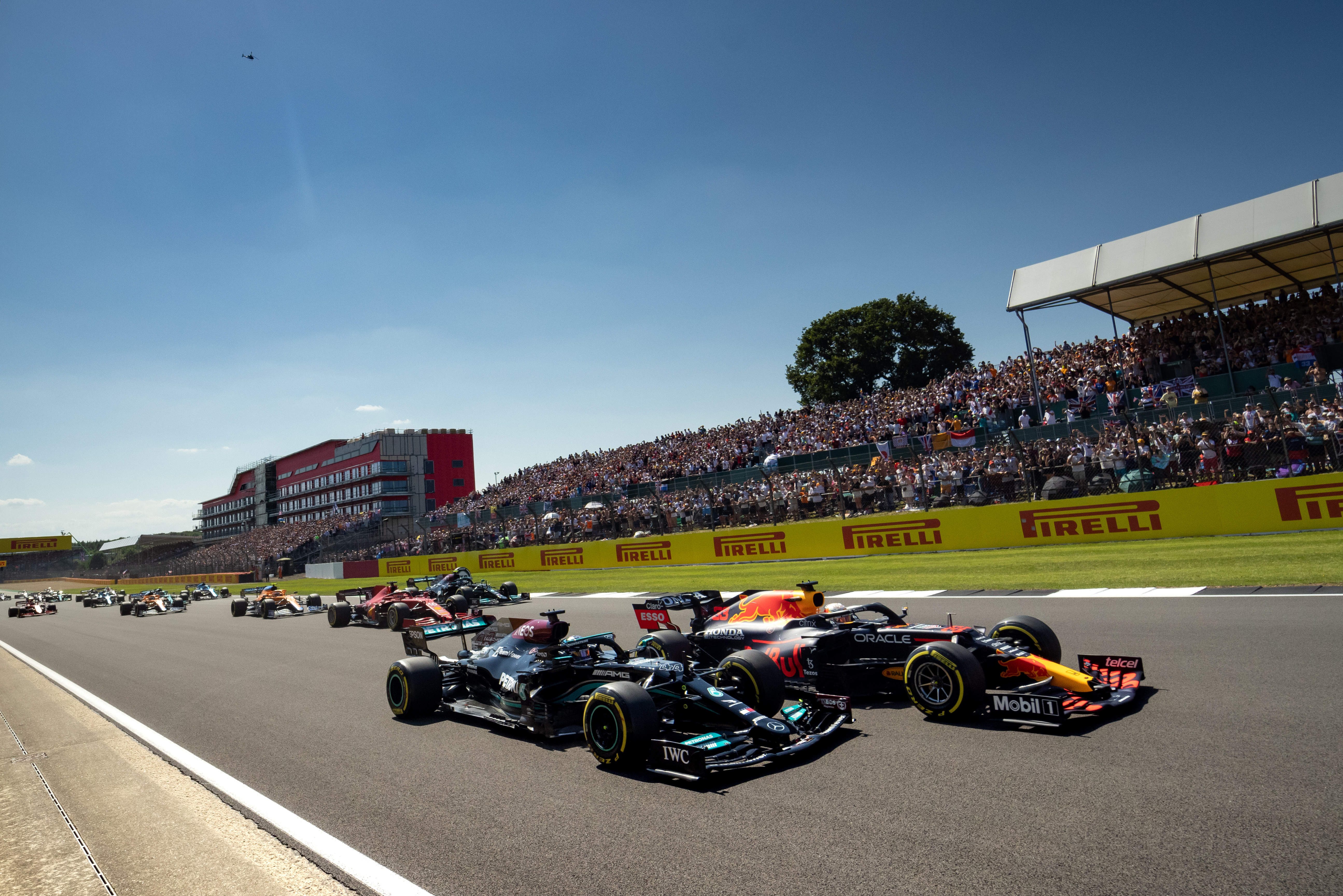
What happened: On the opening lap of the British Grand Prix, Hamilton attempted to pass Verstappen for the lead on the inside of Copse Corner. The pair made contact, with Verstappen sent heavily into the wall and Hamilton surviving after repairs under the red flag to win the race despite a 10-second penalty for causing a collision.
Who tried to get a review and why: Red Bull submitted a petition to review citing four new pieces of evidence – GPS data of the incident, GPS data of “various alleged comparison” with Hamilton’s late-race pass for the lead on Charles Leclerc, simulations and a re-enactment of Hamilton’s line for the pass conducted by Alex Albon driving a 2019 Red Bull RB15 following the British Grand Prix. The objective was to get Hamilton a harsher penalty.
What the stewards determined and why: The stewards rejected the petition to review on the basis that the GPS data of the incident was available at the time of the original decision, with the rest of the evidence submitted dismissed because it was created by Red Bull rather than discovered.
KIMI RAIKKONEN
2021 EMILIA ROMAGNA GRAND PRIX
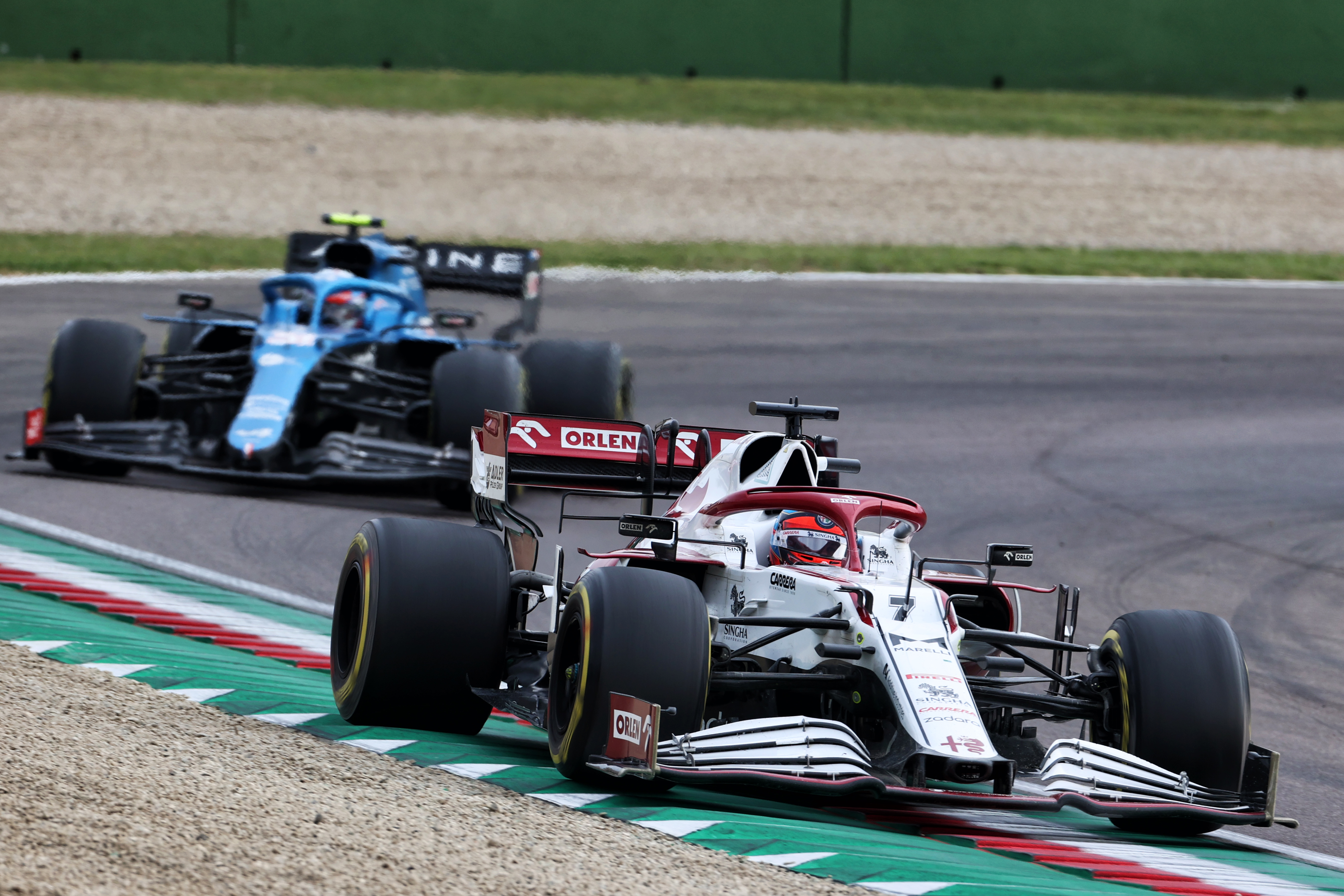
What happened: Raikkonen and Alfa Romeo lost their first points of the season because of a 10-second stop-go penalty issued after the race and converted into a 30-second time penalty, for failing to return to the pitlane and taking the restart out of position after losing places when he spun under the safety car.
Who tried to get a review and why: Alfa Romeo submitted documents allegedly showing the intent of the regulations in question, cited an International Court of Appeal case that said ambiguous regulations should be interpreted to the benefit of the competitor, and also contested that there was no precedent for such an incident, as claimed in the initial stewards’ verdict.
What the stewards determined and why: The stewards dismissed two parts of Alfa’s request but they did allow a review, on the basis that the stewards had miscommunicated the supposed precedent for this penalty – as there was indeed no such precedent in F1 but the stewards were referring to F2 and F3 incidents, which can be used as case studies in the absence of an F1 comparison.
The stewards also realised on review that the F2/F3 incidents in question did not follow a red flag, like in Raikkonen’s case.
In their review, the stewards accepted there the rules “probably” didn’t match the original intent. Unfortunately for Alfa Romeo, the stewards added that the regulations eventually published were clear in their own right.
They also found that while there was a mitigating circumstance in that the race restarted after one lap, not “several laps” as outlined in the rules, the breach in question simply carries a mandatory penalty – so as the evidence supplied by Alfa did not free Raikkonen of a breach, they stuck with the original decision.
LEWIS HAMILTON
2020 AUSTRIAN GRAND PRIX

What happened: Hamilton escaped punishment for potentially failing to heed yellow flags at the end of Q3 after Mercedes team-mate Valtteri Bottas went off. This was on the basis that there was no evidence confirmed had been shown the yellow flag given his testimony that he had not been shown one.
Who tried to get a review and why: Red Bull requested a review and submitted evidence from a 360-degree video camera mounted on Hamilton’s car that it argued showed Hamilton passing a flashing yellow light panel.
What the stewards determined and why: The stewards accepted that the 360-degree camera footage did constitute new evidence as no onboard footage was available to them when they made their decision. The request to review succeeded and the stewards subsequently hit Hamilton with a three-place grid penalty.
SEBASTIAN VETTEL
2019 CANADIAN GRAND PRIX
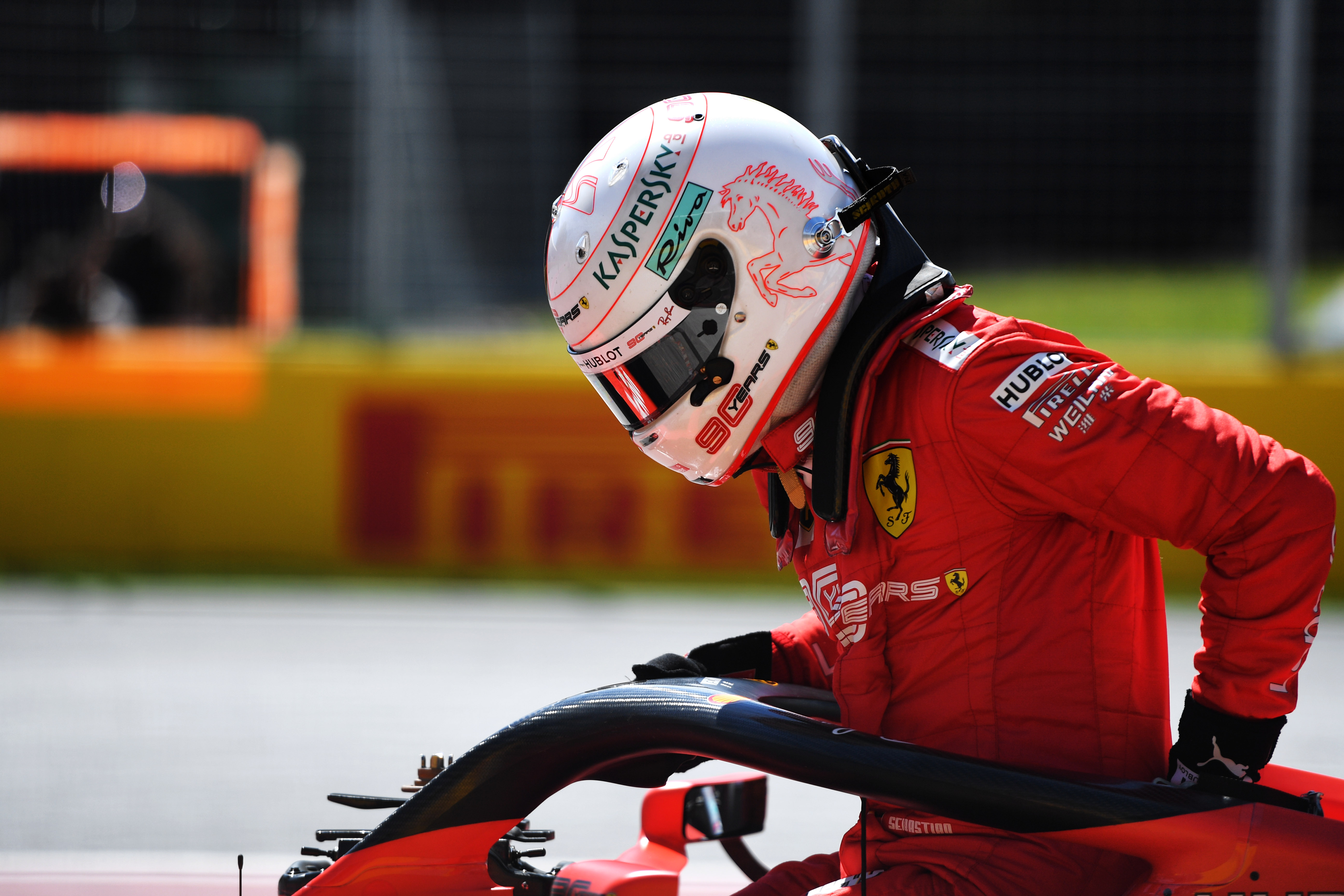
What happened: Vettel was given a five-second penalty that dropped him from first to second behind Lewis Hamilton at the chequered flag after being found guilty of rejoining unsafely after going off in the Turn 3-4 chicane.
Who tried to get a review and why: Ferrari invoked the right to review and presented seven items as new evidence in the hope of having the penalty rescinded. This included an analysis of telemetry data, a video analysis it put together, Karun Chandhok’s Sky Sports F1 analysis of the incident, Vettel’s face camera footage, post-race and video images, GPS analysis and Vettel’s witness statement.
What the stewards determined and why: The request to review was rejected, with five of the items submitted dismissed on the basis they were available at the time. Vettel’s face cam was accepted as new but found not to show any new information, with Chandhok’s analysis dismissed as irrelevant as it was a third party’s opinion.
SERGEY SIROTKIN (AND…OTHERS)
2018 AZERBAIJAN GRAND PRIX
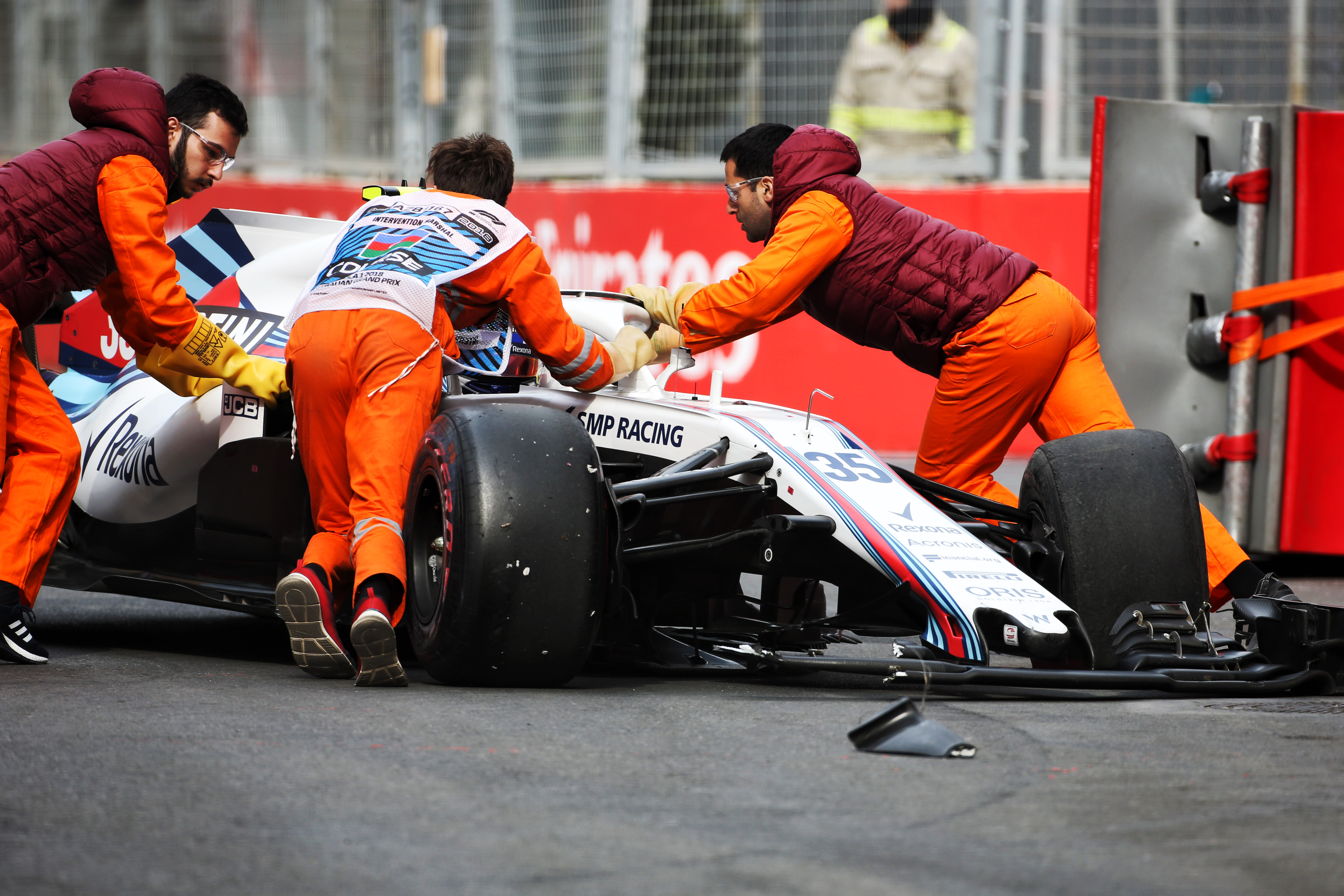
What happened: Sirotkin received a three-place grid penalty for causing a collision with Sergio Perez after the stewards deemed he “drove into the back” of the Force India.
Who tried to get a review and why: Williams took the unusual step of requesting the stewards review three different incidents – including Sirotkin’s – AND look at an opening-lap incident involving Sirotkin, Nico Hulkenberg and Fernando Alonso, plus Alonso’s return to the pits with a damaged car.
Broadly, its argument was that Sirotkin’s punishment was unduly harsh given Kevin Magnussen (10-second penalty) and Esteban Ocon (no further action) had lighter sanctions for their own first-lap clashes. And Williams wanted to challenge the lack of action over the first-lap clash that left Alonso driving a heavily damaged car for most of the lap back to the pitlane.
What the stewards determined and why: The stewards weren’t impressed and gave 10 reasons for a unanimous decision against Williams’s petition.
Among those reasons were that the penalties applied were consistent with previous precedents, that the different incidents cited by Williams were not the same and therefore not comparable, that Williams had ample time to protest certain decisions at the event itself and chose not to, and most importantly that Williams had failed to offer any new significant or relevant evidence – dismissing items such as known footage of Alonso’s recovery to the pits, and “media reporting”.
Also, and perhaps most relevant to the Red Bull case given some of the team’s complaints, the stewards said that Williams’s protest of an “inconsequential” Magnussen penalty was irrelevant because it was established way back in 2013 that the consequences of penalties are not taken into account.
SEBASTIAN VETTEL
2016 MEXICAN GRAND PRIX
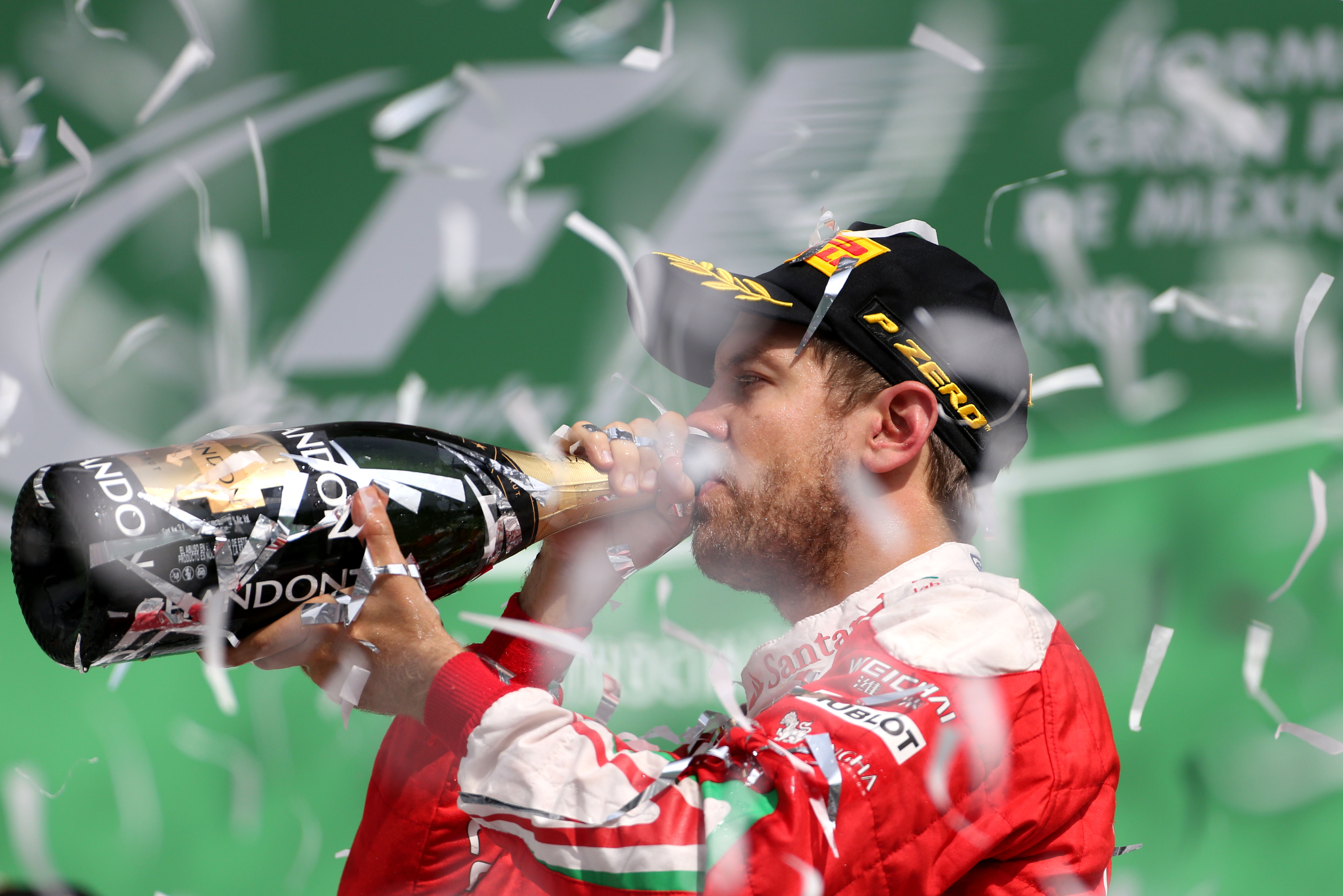
What happened: Vettel was given a 10-second penalty that cost him third-place to Red Bull driver Daniel Ricciardo at the finish. This was for illegally moving under braking while battling with Ricciardo late in the race.
Who tried to get a review and why: Ferrari requested a review in the hope of Vettel regaining third place, submitting two items it argued were new – GPS data and the failure of the race director to instruct Vettel to the advantage gained back, as had happened earlier in the race when Max Verstappen gained an advantage by leaving the track while passing Ricciardo.
What the stewards determined and why: The request to review was rejected. The GPS data was not new evidence because it had been available to the stewards, while the race director was deemed to have no obligation to request a driver return the alleged advantage.




